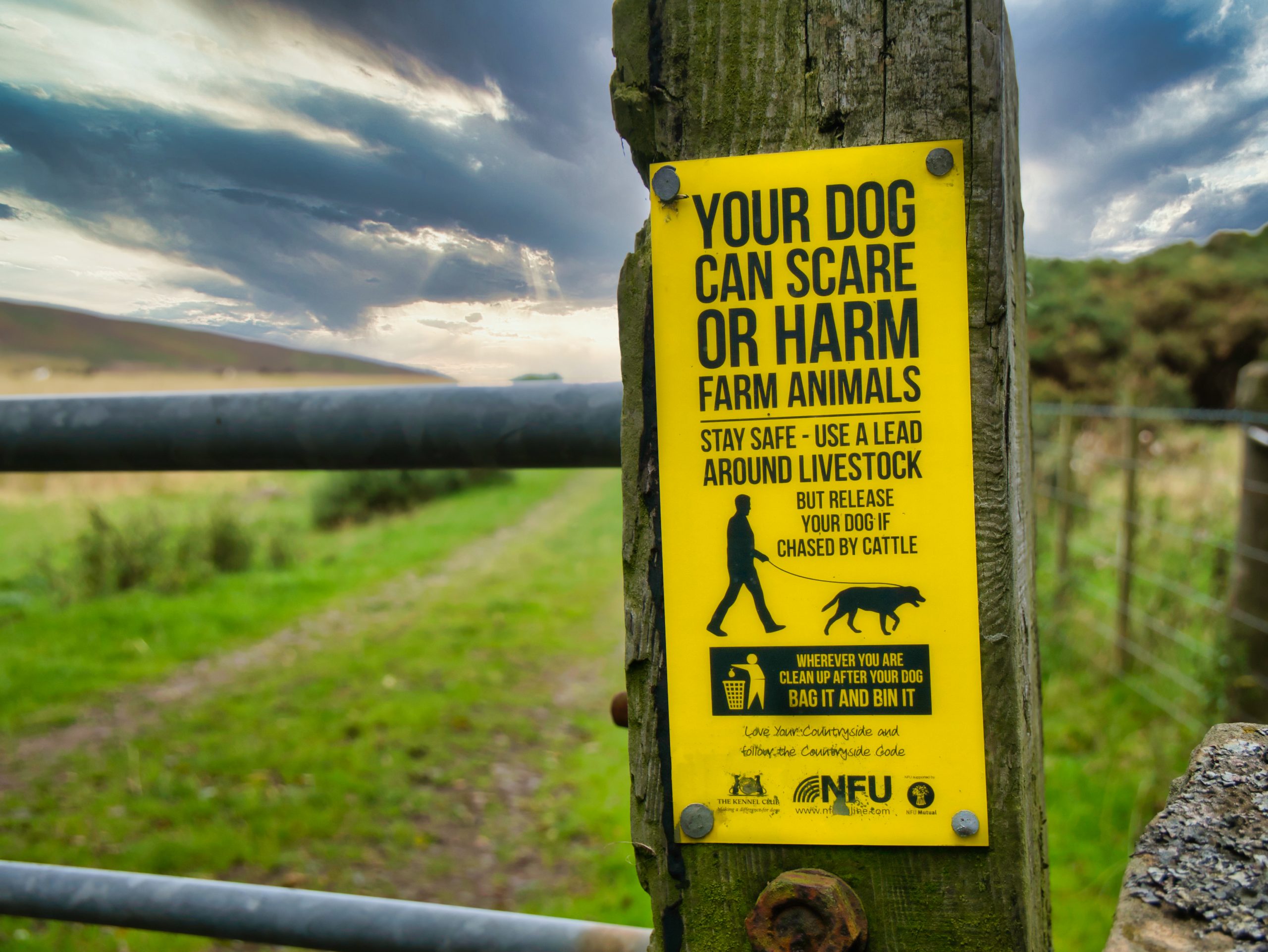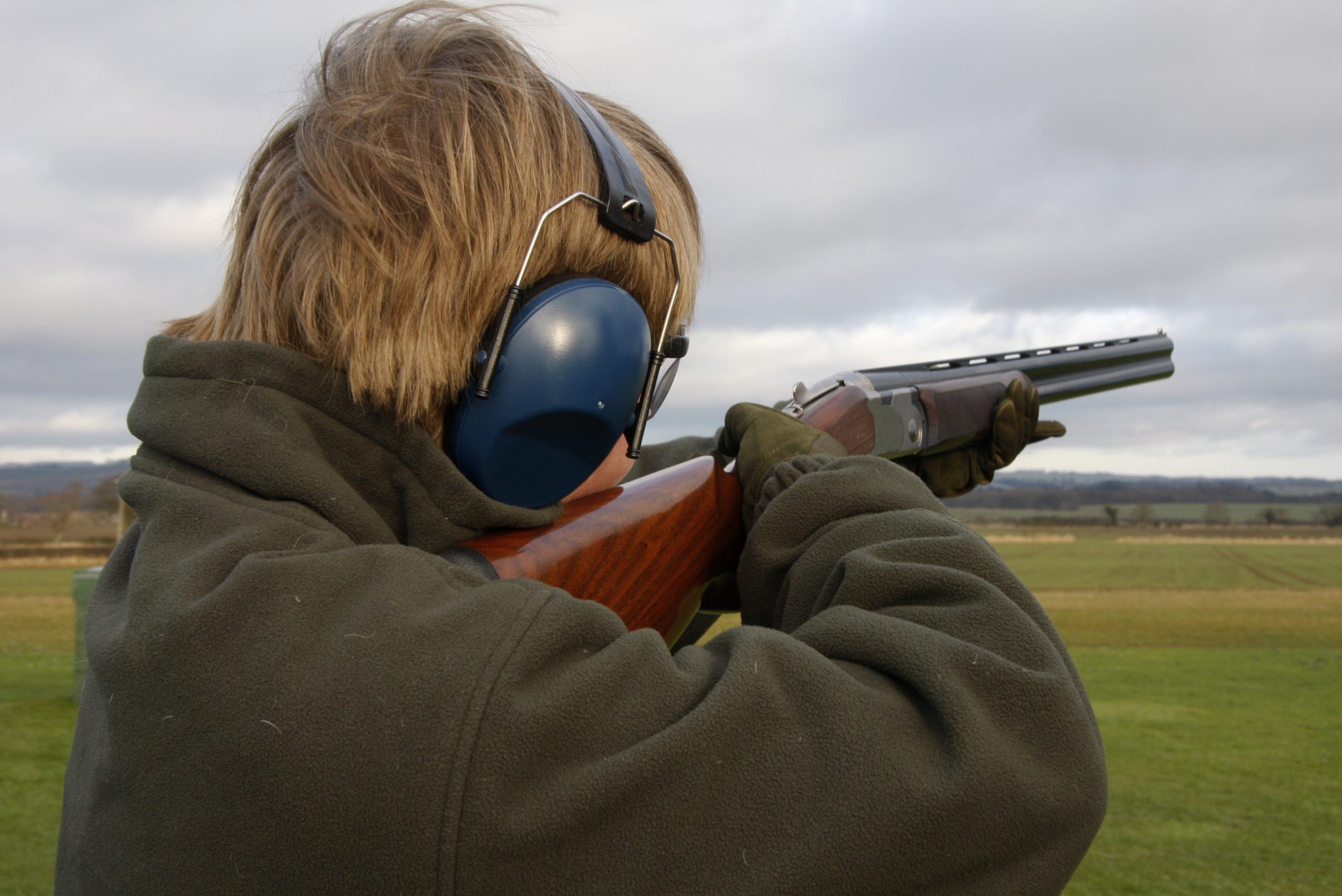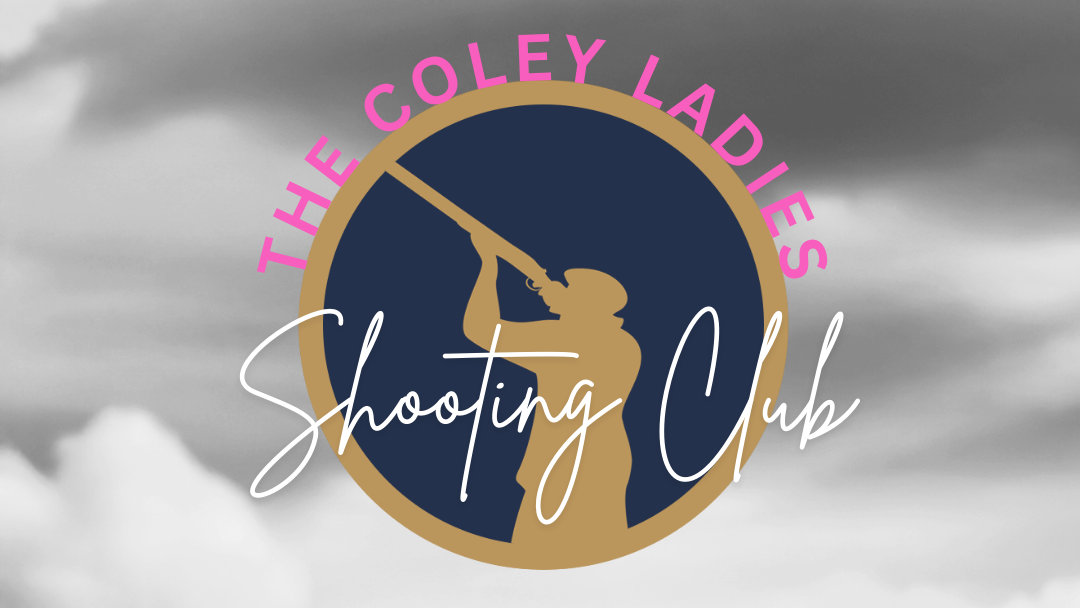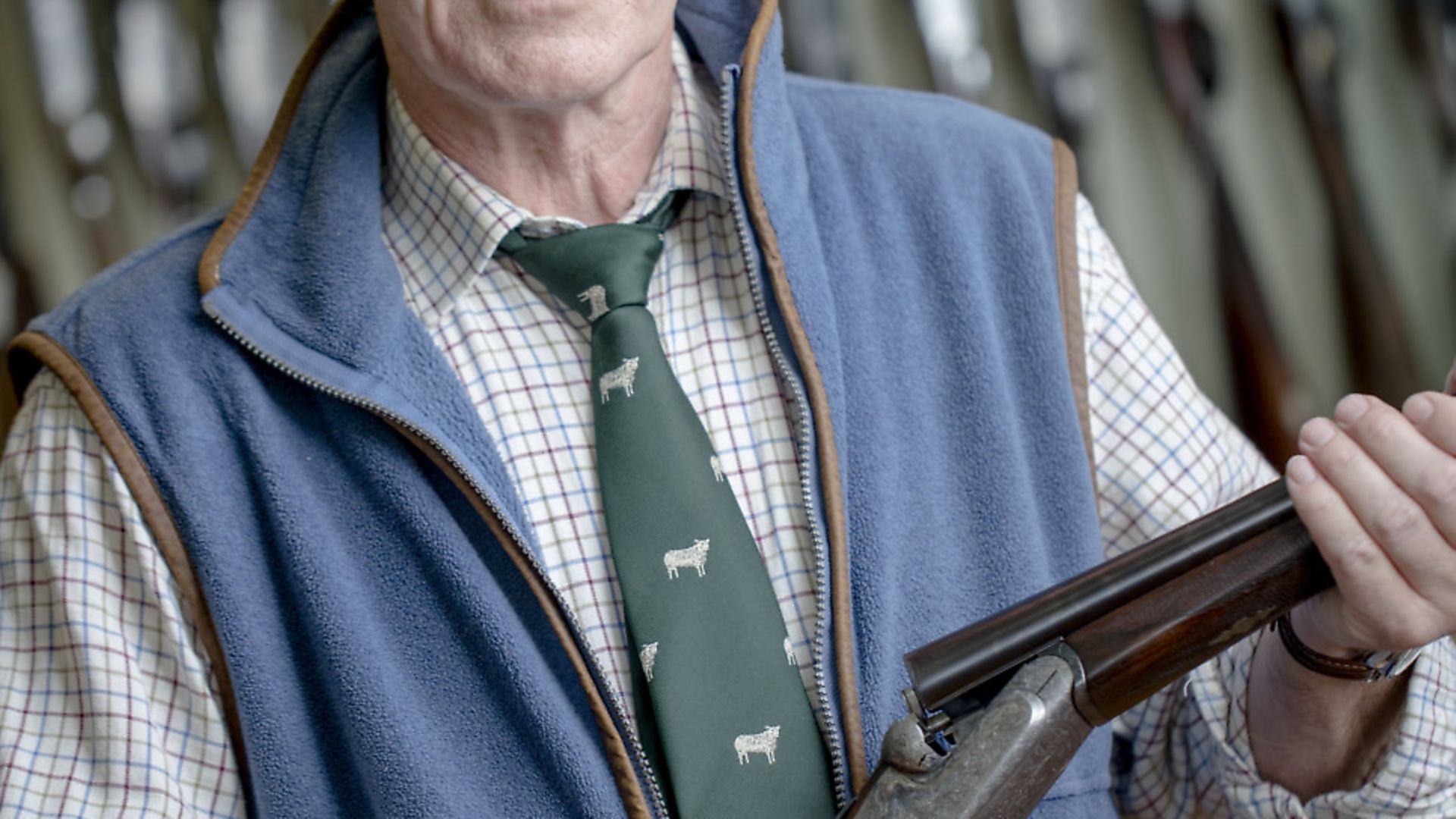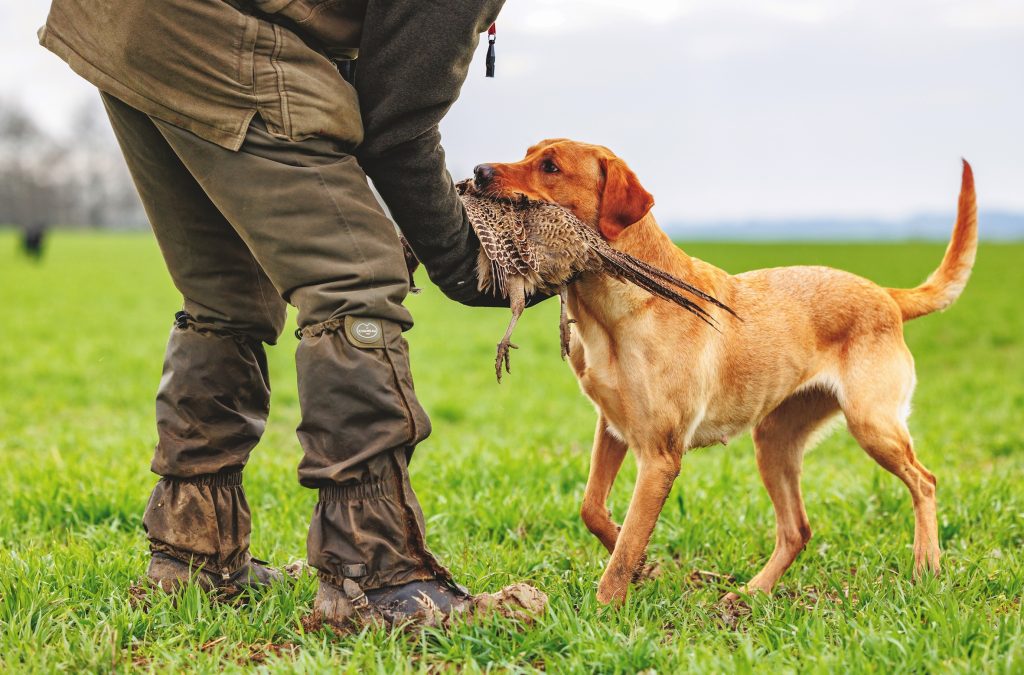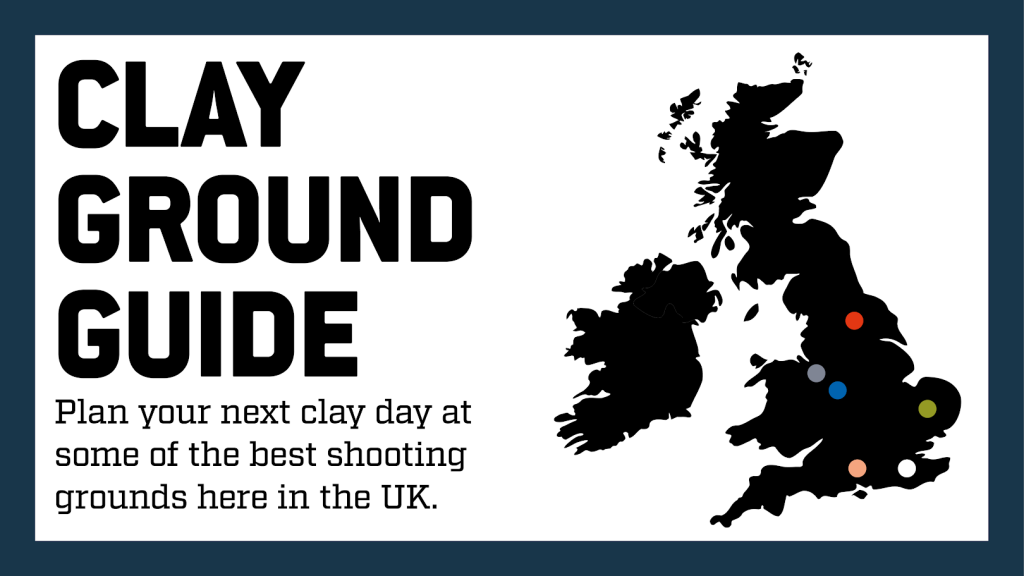Life without lead – the Danish perspective
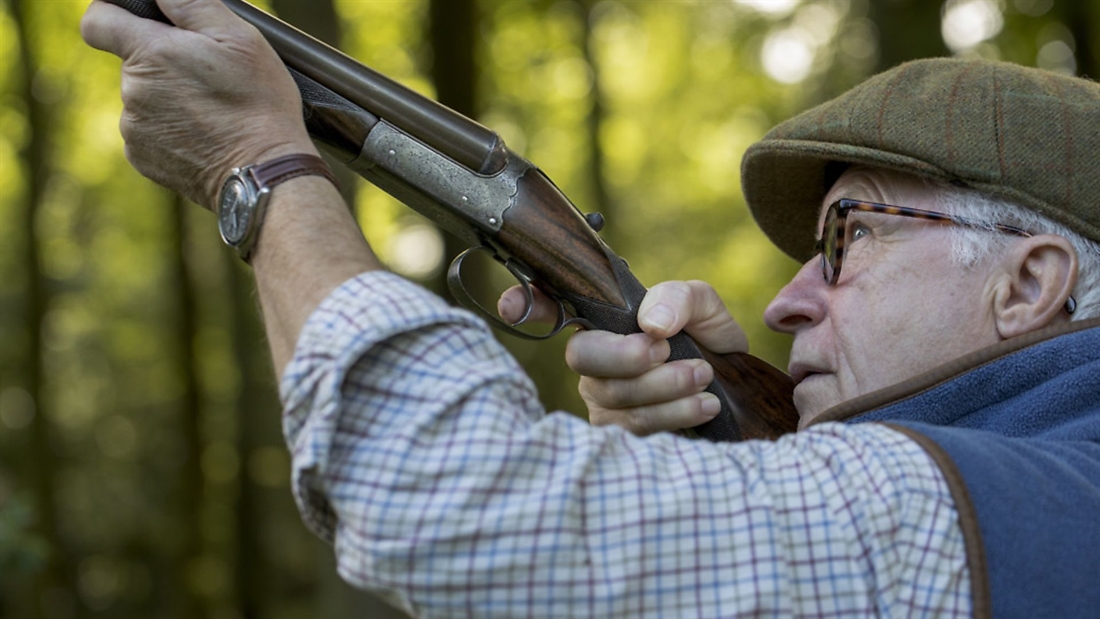
Danish shooter and fieldsports journalist Thorkild Ellerbaek gives his views on a shooting life without lead, following its ban in Denmark in 1996
(Pictures provided by: Brian Rasmussen, Fotografhuset)
Denmark introduced a total ban on the use of lead shot for hunting and clay target shooting in 1996 – and 24 years later, hunting and shooting is still thriving in the European country. We spoke to Danish fieldsports journalist and avid shooter Thorkild Ellerbaek, who tests and writes about shotguns in the national hunting magazine JÆGER, about his own experience of living in a lead-free country.
Q: What type of cartridge do you use for bird shooting instead of lead?
A: I would say only steel. Bismuth is available, but it’s only used at a few estates that want to protect their trees from steel to avoid problems with the saw mills. Having said that, they have said that steel shot in a piece of wood is not a problem, so it will be steel from now on all over Denmark.
Q: In your experience, does steel kill as cleanly as lead? Does it limit the height at which you would shoot a bird – and has it made shooting more costly for you?
A: When shooting steel, you should go up one or two sizes of shot. I think that most of the people I shoot with use steel shot No.5 for pheasants – but you would need No.3 for ducks and many use No.2 for geese.
We have a code of practice in Denmark that says a maximum 35m for flying game and 20m for ground game (hares, roe deer, fox, etc) – so, we are not into the high-bird frenzy at all. One of the benefits of this is that we have very good statistics and have few wounded birds.
In the beginning of the steel era, we had a lot of poor quality products, but now they are high in quality and come from the UK, Spain and Italy. Steel is about a third of the price of bismuth, and now we have dropped that, the cost isn’t a problem. We have been using steel for so long that it just isn’t a topic of conversation anymore.
Q: Do you ever shoot antique guns with Damascus barrels, or barrels that are not steel-shot proofed, and did the ban on lead affect your ability to shoot them?
A: Personally, I shoot two Damascus-barrelled guns: my favourite Westley Richards from 1892 and my really nice John Blanch hammer gun, which is probably about 10 years older. We choose cartridges and loads that fit the old guns, and it is rather funny for me to follow the UK debate on this topic. You seem to be very upset that you must shoot bismuth, when the fact is that your own manufacturers (Eley and Gamebore) produce very good steel ammo that can be used in old guns and have been doing so for years.
Ignorance is a very bad thing in these matters, as it was in Denmark back in the ‘90s. The lead ban did not affect my ability to shoot such guns at all. We just found out how to use the right loads in the old guns and that was it.
It must be said that we don’t shoot 150 shots a day, five days a week in the season. But on the other hand, I do have a good friend who shoots an old Patstone hammer gun for almost all his shooting and fires thousands of shots every season, using probably the same gun for the last 15 years.
Q: In your opinion, was it a good or a bad thing that Denmark banned lead… and why?
A: From an environmental point of view, it was a good thing. I know that in the UK debate, a lot of people question the bad influence of lead on the environment and the meat. I’m not to judge the science on this, but the fact is that the non-shooting public has taken against us shooting lead into nature. So, give up the lead and move on.
And by the way, the Brits do not need to do new tests and examine the pros and cons of lead versus steel. Just ask us! We have been here since 1996 and we are OK with steel. And as a side note, I did notice someone in one debate say that Danish guests only came to shoot in the UK so they could use lead. That is really not the case – they probably said so to please the host.
Q: How did banning lead affect the general hunting/shooting community when it happened? Were people upset, or worried about the future of the sport? Did it have an impact on the number of people either taking up or participating in the sport?
A: As you can see from my answers, we have learned to live with steel, and I don’t think you will find more than a handful of oldtimers who still defend lead shot. A lot of people were upset when it came in, and they really thought that this was the end of shooting/hunting – and the very bad quality of steel shots in the beginning did not help the transition. In my view, we are fully into steel now and the new generations of hunters have never even heard of lead shot.
It goes for clay shooting as well. Remember we have a few Danish top shots who compete with the best in the world. They win occasionally too – even though they shoot steel at home!
As I have seen from following the English shooting and hunting scene for many years, you have been closing your eyes to the facts. Having talked about it with English friends, I know that this topic has never been a popular one to raise. Now, you are very busy and I read a lot of real nonsense in the debate, even from so-called experts. We had the same here in 1996, but now we all agree that today and in the future, it is, and it will be, steel.

